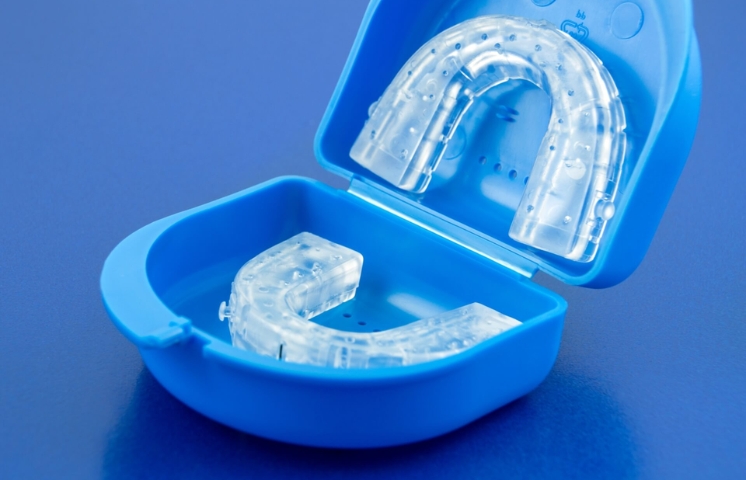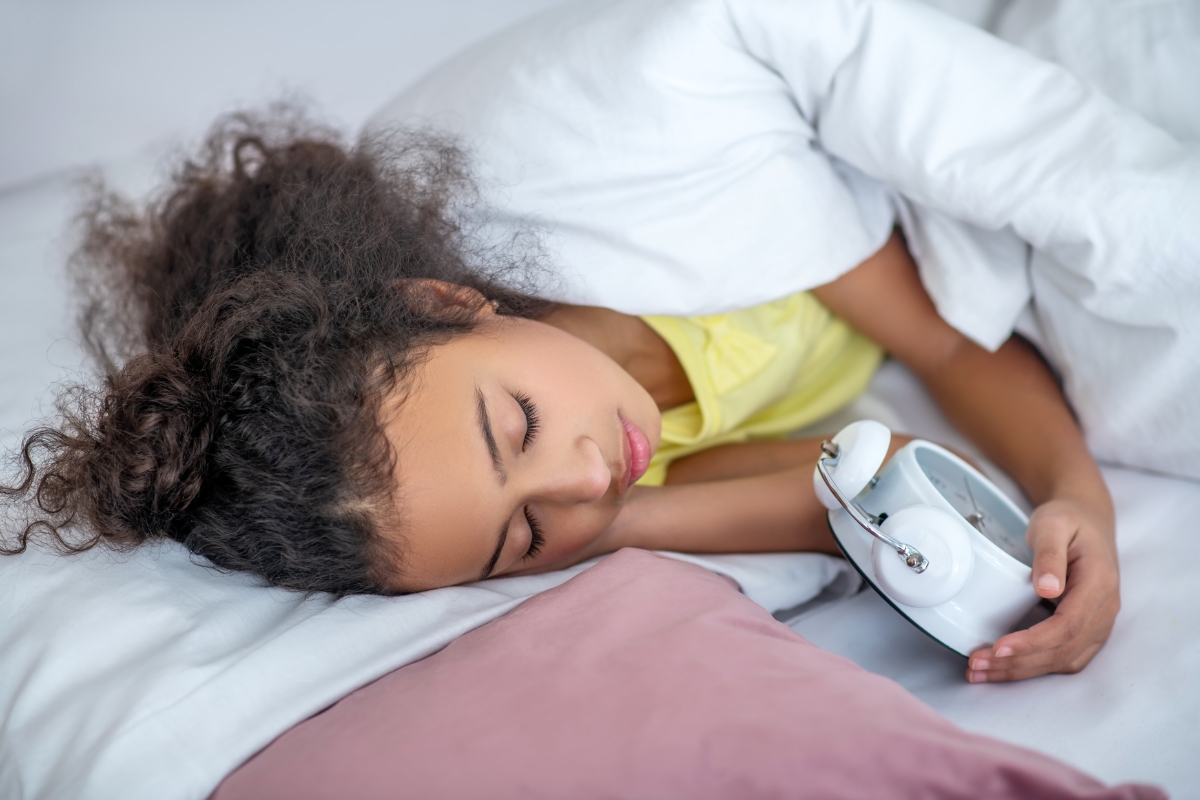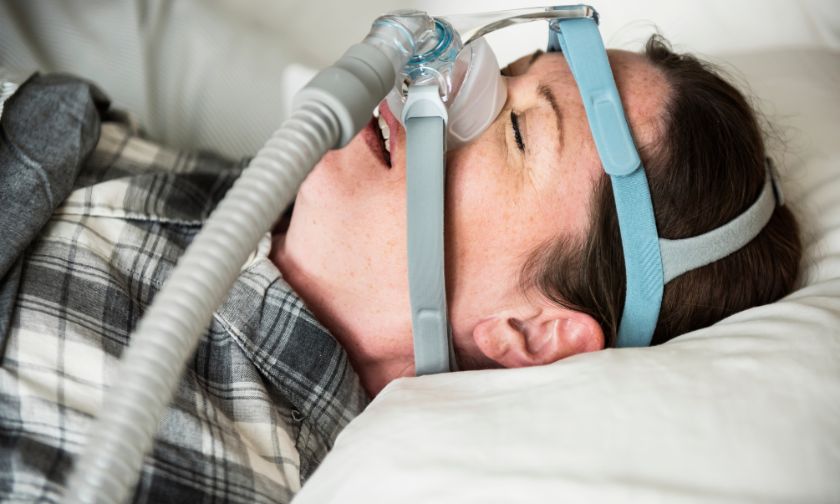The Science Behind Sleep Appliances: Do They Work?

No one tells you just how loud a quiet room can get—until snoring kicks in. It starts subtly, like a soft hum. Then it grows. It rumbles. It steals sleep. Yours and theirs. And before long, it’s no longer just a nighttime nuisance—it’s a full-blown health concern.
People have tried it all: nasal strips, elevated pillows, herbal sprays, white noise apps. Yet, one solution has caught the attention of both restless sleepers and the sleep dental world—sleep appliances. But here’s the real question: Do these things work, or are they just fancy mouthguards with a science-y label?
Spoiler alert: There’s more to these devices than meets the eye.
Not Just a Snoring Fix—It’s a Health Fix
Sleep isn’t just about rest. It’s your body’s way of recharging your heart, brain, immune, and even emotional regulation. When snoring becomes a nightly feature, or worse, when it turns into obstructive sleep apnea, the quality of your sleep takes a serious hit.
This is where snoring appliances step in—not to silence sound but to restore airflow. Unlike over-the-counter gadgets promising miracle results, these dental devices are backed by research and designed with one goal: opening the airway.
But before diving into how they work, let’s clear something up—these aren’t one-size-fits-all pieces. And they’re not gimmicks.
What Exactly Is a Sleep Appliance?
At its core, a sleep appliance is a custom-fitted device that shifts your jaw slightly forward while you sleep. Why? Because that small repositioning can stop your tongue and soft tissues from collapsing into your airway. When the airway stays open, breathing stabilizes—and snoring quiets down.
There are two main types:
- Mandibular advancement devices (MADs) – These adjust the lower jaw forward to maintain a clear airway.
- Tongue-retaining devices (TRDs) – These hold the tongue in place to prevent it from falling back into the throat.
And here’s the wild part: that tiny adjustment? It can completely shift how your body breathes at night.
Let’s Talk Science—Real Science
The science behind sleep/snoring appliances isn’t just anecdotal—it’s peer-reviewed, clinical, and evolving. Numerous studies from sleep research centers and dental associations point to the effectiveness of mandibular advancement devices in reducing the frequency of apnea events and improving oxygen saturation during sleep.
Some users with mild to moderate obstructive sleep apnea experience a reduction in apneic episodes comparable to results from CPAP machines. The key difference? Sleep appliances are less bulky, less invasive, and—according to many—far more comfortable for long-term use.
Sleep dentists in Grass Valley and other towns across the U.S. often collaborate with sleep specialists to ensure each device is tailored, titrated, and monitored for optimal results. It’s a team effort, and the body responds when the pieces fall into place.
So, Do They Work?
The short answer is yes. But not for everyone.
Snoring appliances are most effective for:
- People with mild to moderate obstructive sleep apnea
- Those who snore due to jaw or tongue position
- Individuals who can’t tolerate CPAP machines
- Anyone looking for a non-invasive alternative backed by data
However, they’re not a cure-all. People with severe sleep apnea, complex airway obstructions, or other underlying conditions may need a more advanced approach. That’s why a proper diagnosis is crucial—guesswork won’t cut it here.
The Role of Sleep Dentists
This might surprise you, but sleep dentists in Grass Valley are often the unsung heroes of better sleep. They specialize in oral appliance therapy. They don’t just hand over a device—they map your bite, study your jaw movement, and customize the appliance based on precise dental impressions.
More importantly, they don’t disappear after fitting you. These professionals fine-tune the device over weeks to ensure it’s doing its job without causing discomfort, joint strain, or bite changes.
And unlike generic solutions, a customized dental appliance adapts to your anatomy—because your airway isn’t like anyone else’s.
Be Consistent and Monitor Your Improvement
The real magic happens over time. Studies show that the consistent use of snoring appliances can lead to better sleep quality, decreased daytime fatigue, and even improved blood pressure in some cases. But consistency is key. You can’t expect life-changing results after two nights.
Ongoing follow-ups matter too. That’s where your sleep dentist comes back in—tracking results, adjusting settings, and checking alignment to make sure your bite isn’t being affected long-term.
In short, sleep appliances aren’t a quick fix—they’re a supported solution that builds real results over weeks and months.
Modern Tools for a Timeless Problem
Snoring has existed for as long as humans have slept. What’s changed is how we treat it. The science behind sleep appliances is a result of years of collaborative research between dentists, sleep physicians, and engineers who’ve taken a closer look at the anatomy of sleep itself.
And the outcome? Devices that don’t just block sound—they improve health. They help restore proper breathing. They promote deeper sleep. They protect relationships (yes, that too).
And the best part? You won’t feel like you’re wearing a robot on your face.
So, Where Do You Go From Here?
If you or someone you know wakes up more exhausted than they went to bed, or if snoring has become a nightly ritual, it might be time to rethink what sleep means.
Explore the science behind sleep appliances. Talk to a sleep specialist. Better yet, schedule a consultation with one of the sleep dentists in Grass Valley. A custom-fit, data-driven solution may be all that stands between you and true rest.
Sleep shouldn’t be noisy, restless, or unhealthy. It should feel like what it is—your body’s most important reset button.
And now, thanks to science and a new generation of dental sleep tools, that solution is finally within reach.



